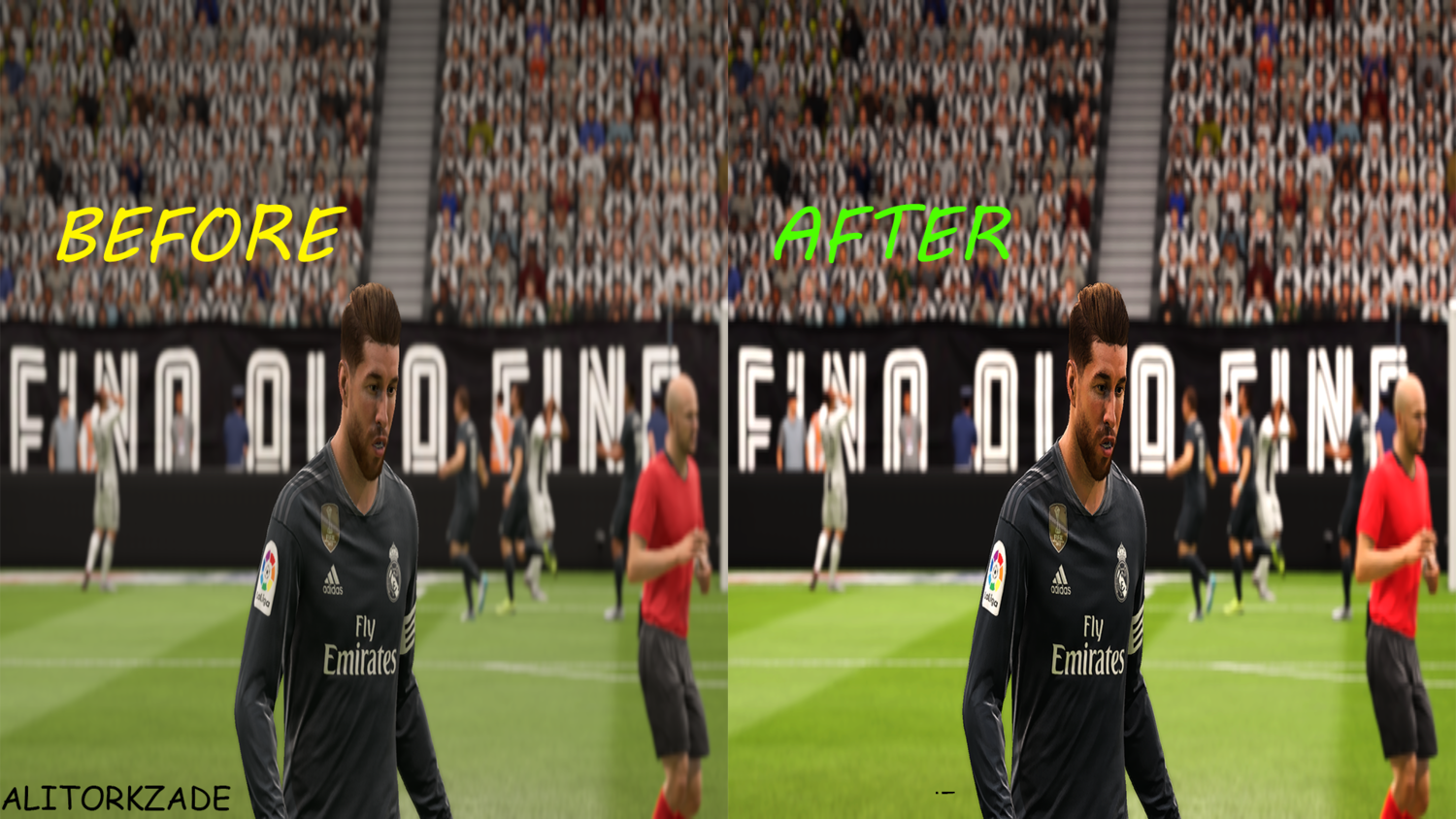
- Reshade how to#
- Reshade install#
- Reshade download#
E ffect/Texture Search Path: as explained above, that's all folders where ReShade looks for shaders. I personally find "Block all input when overlay is visible" the best choice because it fully prevents you from doing any sort of shit in the background by accident. Input processing: that's where you can specify what should happen in the background. Performance mode disables all realtime editing features but allows for faster compilation and shader performance as the compiler can optimize a lot more. Usage Mode: configuration mode is default mode. Click in the box and press your desired combo. Overlay key: pretty straightforward, the key combo that brings up the UI. All changes made are saved in the current config automatically, so in case you want experient but fear breaking your current config, add a new one (which is a copy of the current one by default). Config parameters section: that's where you can configure the shaders, conveniently sorted by file. In some rare cases one file might have 2 features you can toggle separately, but mostly it just tells you which effect you enable. Shaders section: that's where all loaded shaders are listed. The tutorial probably guided you to create a new config. config dropdown menu: that's where you can switch between your config files. If you want to edit again, just switch to Configuration mode again. Hence the fps will probably be better as well. This is because things like a feature toggle requires the compiler to evaluate both choices, also constant folding (simplifying equations etc) is now possible. This will render all config variables static (=not editable in config) but speed up the compilation a LOT. You can cut that short with 2 ways: delete all shaders you know you will never use (move them into a subfolder for example) or once you are satisfied with your config and don't want to edit it now, enable "Performance Mode" in Settings tab. Shader compilation will take some time, same goes for every time you force recompile by alt-tabbing or restarting game. If not, the troubleshooting section of the forums is your place. If none are there (and support set to "perfect" then leave them as they are. If you use depth based effects of some sorts (MXAO, DOF, even SMAA depth predication), make sure to configure the preprocessor definitions according to any notes found in the "Games" section of this site. I think you will get used to this in an instant. You can now enable effects in the upper part of the Home tab, the variables to configure those are found in the lower area, conveniently sorted and equipped with a search feature. Note that this is specific to the shader repo from Github, you can arrange the shaders how you want, it's just that the Repo has this folder structure. Following picture shows how I did it in my CSGO folder. If no shaders show up in the main tab, you have to go to the Settings tab and tell ReShade that it has to look for Shaders and Textures in the respective folders (\reshade-shaders\Shaders and \Textures). That way you prevent stuff going on in the background or when your mouse leaves the overlay. To make configuration easier, head over to the Settings tab and switch Input Processing to "Block all input when overlay is visible". After the game started, press Home (Pos 1 on german keyboards) to open the menu. Folder "reshade-shaders" with subfolders "Shaders" and "Textures". 
ReShade DLL (can be dxgi.dll, d3d9.dll, opengl32.dll).The file structure in the game folder (where the game's exe is) is now the following:.The example shader repo is never a bad choice, it supplies you with a set of new and old shaders ported to new format.
Reshade install#
Install by selecting the game's executable (if you are not sure which API to select, check the "Games" section of this site).

Reshade download#
Download the installer on the main page. That's where lies the most obvious difference, you can configure ReShade with a new ingame UI (which can be brought up by default with Shift + F2 in case you missed the big ass notice at the start) where you can control all sorts of things, later more. Main features is that not all shaders run over the ReShade.fx (Framework is also essentially "one file" as every file in the folder structure is included into the main ReShade.fx), now you can freely name your fx files and most importantly, put them into any folder you want, you just have to specify where ReShade has to look for them. ReShade 3.0 is obviously a whole lot different. Reshade how to#
As still questions are popping up (not only here, also on my facebook page) how to use ReShade 3.0 and what to do with presets from TheLazy, hope I can give some guidance with this.






 0 kommentar(er)
0 kommentar(er)
